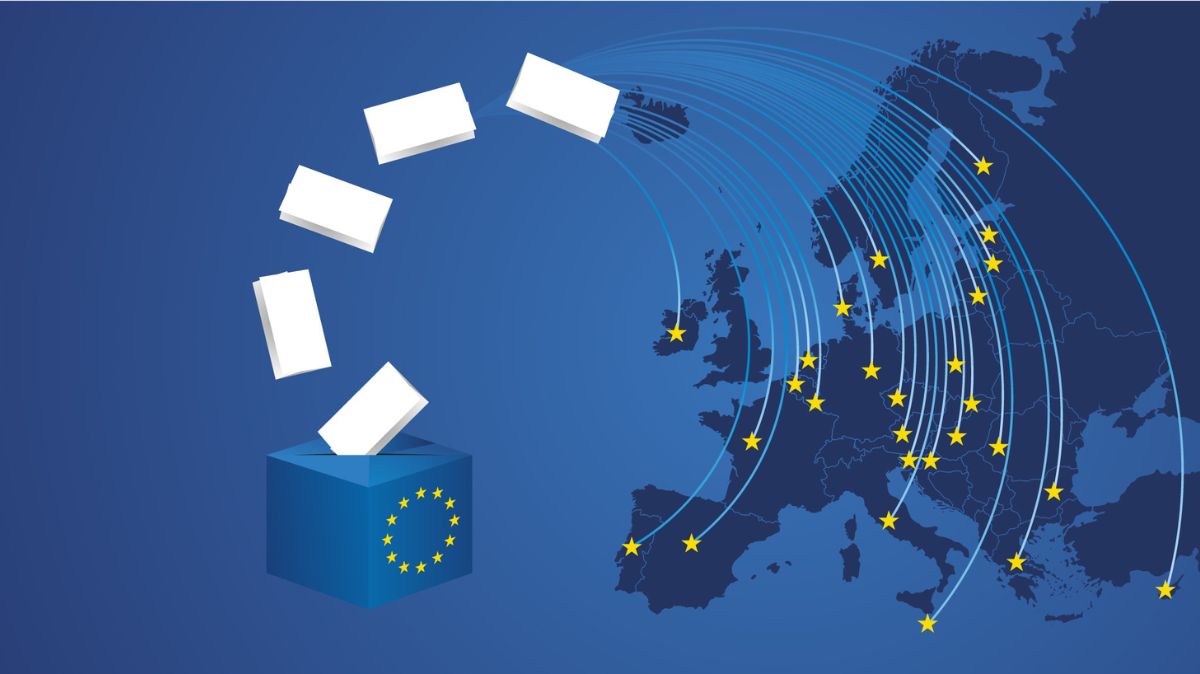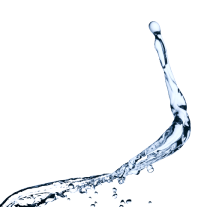Our quality-of-life benefits from a wide range of materials, chemicals and micro-organisms. However, during several stages of their production and use, they end up in surface waters where they can have adverse effects for health of people, animals and ecosystems.
The WE White Paper on Zero Pollution concludes that regulations and environmental quality standards are required for prioritised contaminants of emerging concern in water. However, a better understanding of the effects of their presence in the environment is needed for a more reliable prioritisation. We critically need more information on transport, fate and toxicity of chemicals mixtures, cyanotoxins, but also nanoparticles and microplastics. This includes further understanding of the development of anti-microbial resistance. Monitoring and modelling are required to complete the lacking datasets and support the development of an integrated understanding.
Read our White Paper “Towards a zero-pollution strategy for contaminants of emerging concern in the urban water cycle” to find out the current gaps in knowledge and our recommendations for policy development.



